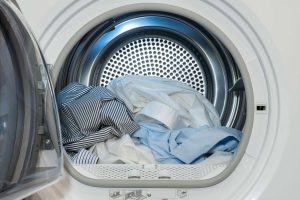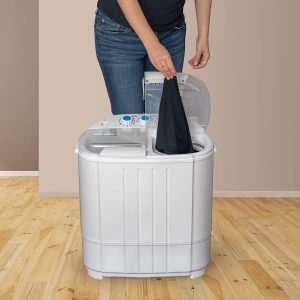Washing Machine Water Usage: How Can You Reduce It?
Introduction:
Water usage is a crucial consideration when it comes to household appliances, especially washing machines. Understanding the amount of water your washer uses and identifying ways to reduce this consumption can lead to significant savings on your water bill and contribute to environmental conservation. This comprehensive guide delves into various factors that influence washing machine water usage, compares the water consumption of different machine types, and offers practical tips for reducing water use without compromising on cleanliness.
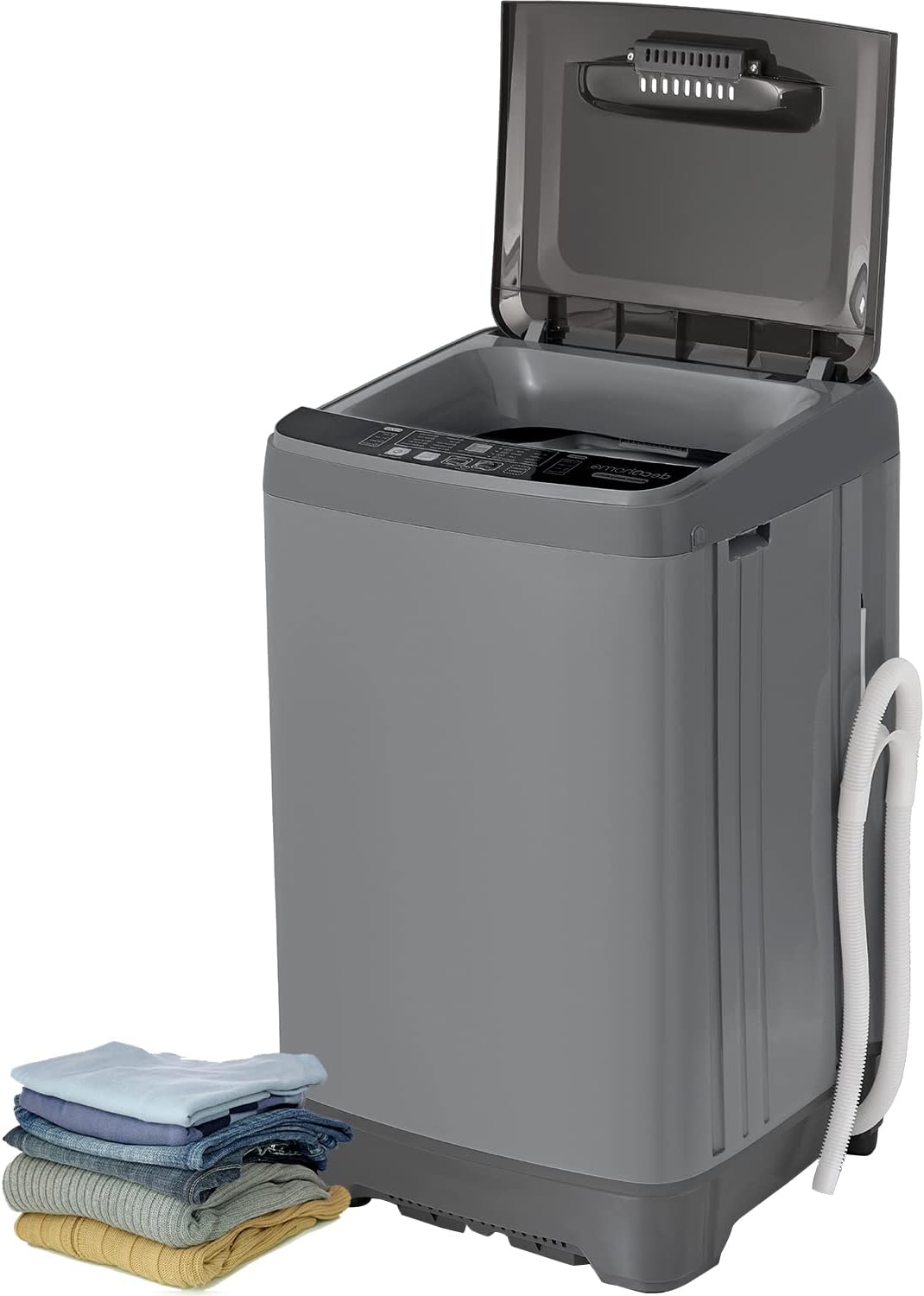
Washing Machine Water Usage:
How Much Water Do Washing Machines Use and How Can You Reduce It?
Understanding Water Usage:
How Do Washing Machines Consume Water?
Washing machines use water to clean clothes effectively. The amount of water consumed depends on several factors, including the machine type, cycle settings, and load size.
Machine Types:
Top-Loading Machines: Traditional top-loading washers use an agitator to move clothes through water and detergent. These machines typically require more water because the tub must be filled to a level that allows the agitator to function correctly. Older models can use as much as 30-40 gallons per load, while newer, high-efficiency models have reduced this to around 15-20 gallons per load.
Front-Loading Machines: Front-loading washers, which have become increasingly popular, use a tumbling action to clean clothes. They generally use less water than top-loading machines because they do not need to fill the tub completely. High-efficiency front-loaders can use as little as 7-15 gallons per load.
High-Efficiency (HE) Machines: Both top-loading and front-loading high-efficiency models are designed to use less water and energy. These machines adjust the amount of water based on the size of the load and the fabric’s absorbency, optimizing water usage for efficiency and effectiveness.
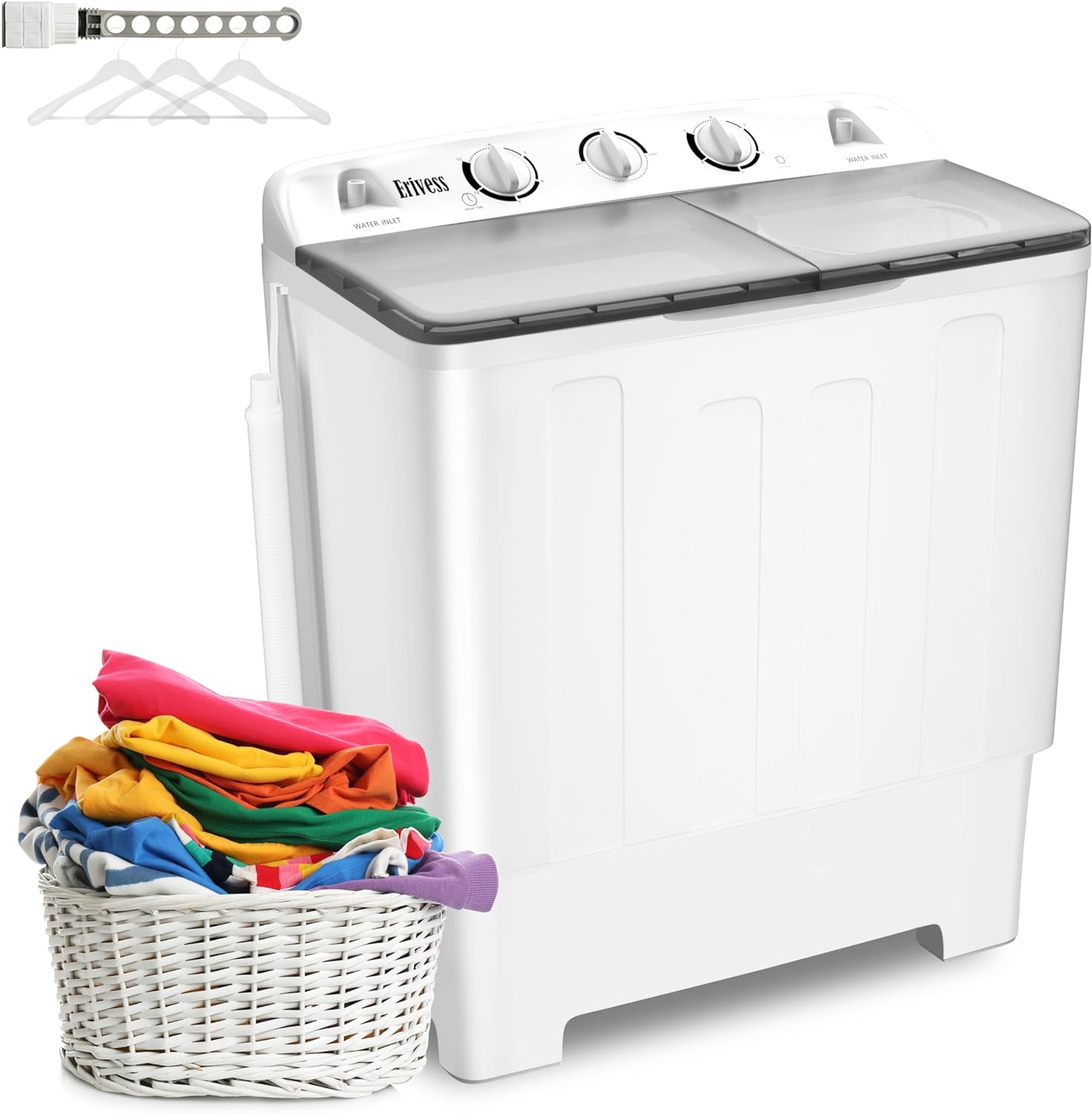
Cycle Settings and Load Size:
Regular Cycles: Standard wash cycles typically use a fixed amount of water, regardless of the load size. Therefore, doing smaller loads more frequently can waste water compared to running full loads.
Eco Modes: Many modern washing machines come with eco or water-saving modes that use less water by extending wash times, reducing rinse cycles, or using lower water levels. These cycles can save significant amounts of water without sacrificing cleaning performance.
Customized Settings: Certain machines allow users to customize settings such as soil level, spin speed, and rinse options. Adjusting these settings appropriately based on the load can result in more efficient water use.
Water Use Comparison:
How Do Different Washing Machine Types Compare in Terms of Water Usage?
A comparison of different types of washing machines highlights the variations in water consumption and efficiency.
Traditional Top-Loading Washers:
Higher Water Usage: Traditional top-loaders are the least efficient in terms of water use. Their agitator design requires a high water level to clean clothes effectively, resulting in higher water consumption per load.
Average Consumption: Older models can use up to 30-40 gallons per load. Improved models still typically use around 15-20 gallons, which is higher than their high-efficiency counterparts.
Front-Loading Washers:
Lower Water Usage: Front-loaders use gravity and tumbling to clean clothes, allowing them to use less water. The drum rotates to lift and drop clothes through a smaller amount of water, requiring significantly less water than top-loaders.
Average Consumption: High-efficiency front-loaders use approximately 7-15 gallons per load. Their design ensures efficient water usage without compromising cleaning power.
High-Efficiency (HE) Top-Loading Washers:
Moderate Water Usage: High-efficiency top-loaders resemble traditional machines but use advanced technology to reduce water usage. They might use an impeller instead of an agitator, allowing them to clean effectively with less water.
Average Consumption: These models use about 10-20 gallons per load, making them more efficient than traditional top-loaders but typically not as water-efficient as front-loaders.
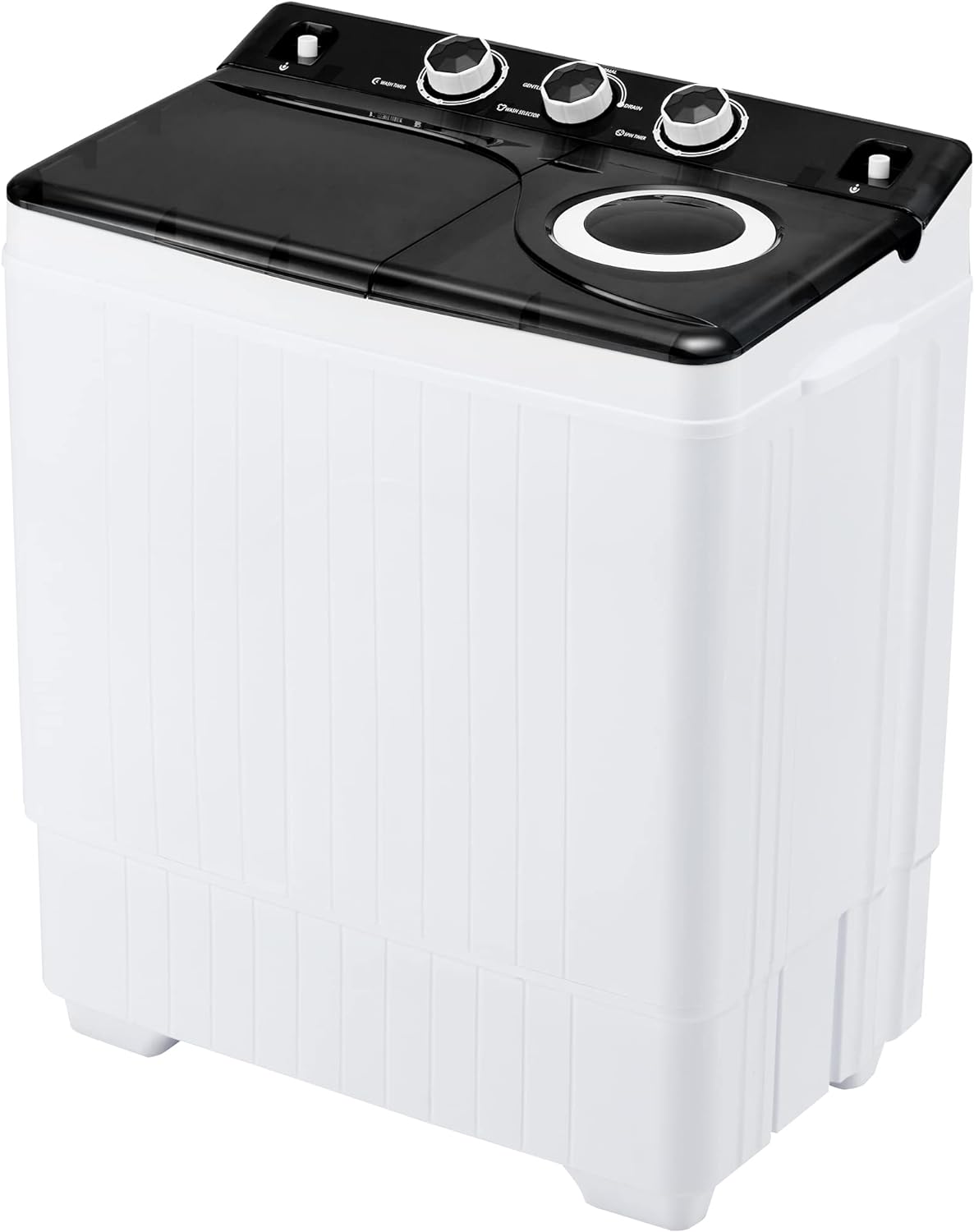
Innovative Technologies in Washing Machines:
What Makes Modern Washers More Efficient?
Modern washing machines incorporate various technologies to enhance water efficiency, energy savings, and cleaning performance.
Load Sensing Technology:
Automatic Adjustments: Load sensing technology automatically detects the size of the load and adjusts the water level accordingly. This prevents the washer from using more water than necessary, optimizing consumption for each specific load.
Enhanced Performance: By ensuring the right amount of water for the load, load sensing technology also improves the cleaning performance and reduces water waste.
Eco-Friendly Features:
Eco Modes and Sensors: Eco modes extend the washing cycle to reduce water and energy consumption. Some machines include dirt or turbidity sensors that monitor water clarity and adjust the rinse cycle accordingly, using less water if the clothes are not heavily soiled.
Inverter Technology: Inverter technology in modern washers allows for precise control of the motor speed, leading to better efficiency and less water usage during the wash and spin cycles.
Steam Cleaning:
Less Water, Better Cleaning: Advanced machines use steam to penetrate fabrics deeper, removing tough stains more effectively with less water. Steam cleaning reduces the need for multiple rinses, thus saving water.
Sanitization: Steam also sanitizes clothes, killing bacteria and allergens, which is particularly beneficial for households with sensitive skin or individuals prone to allergies.
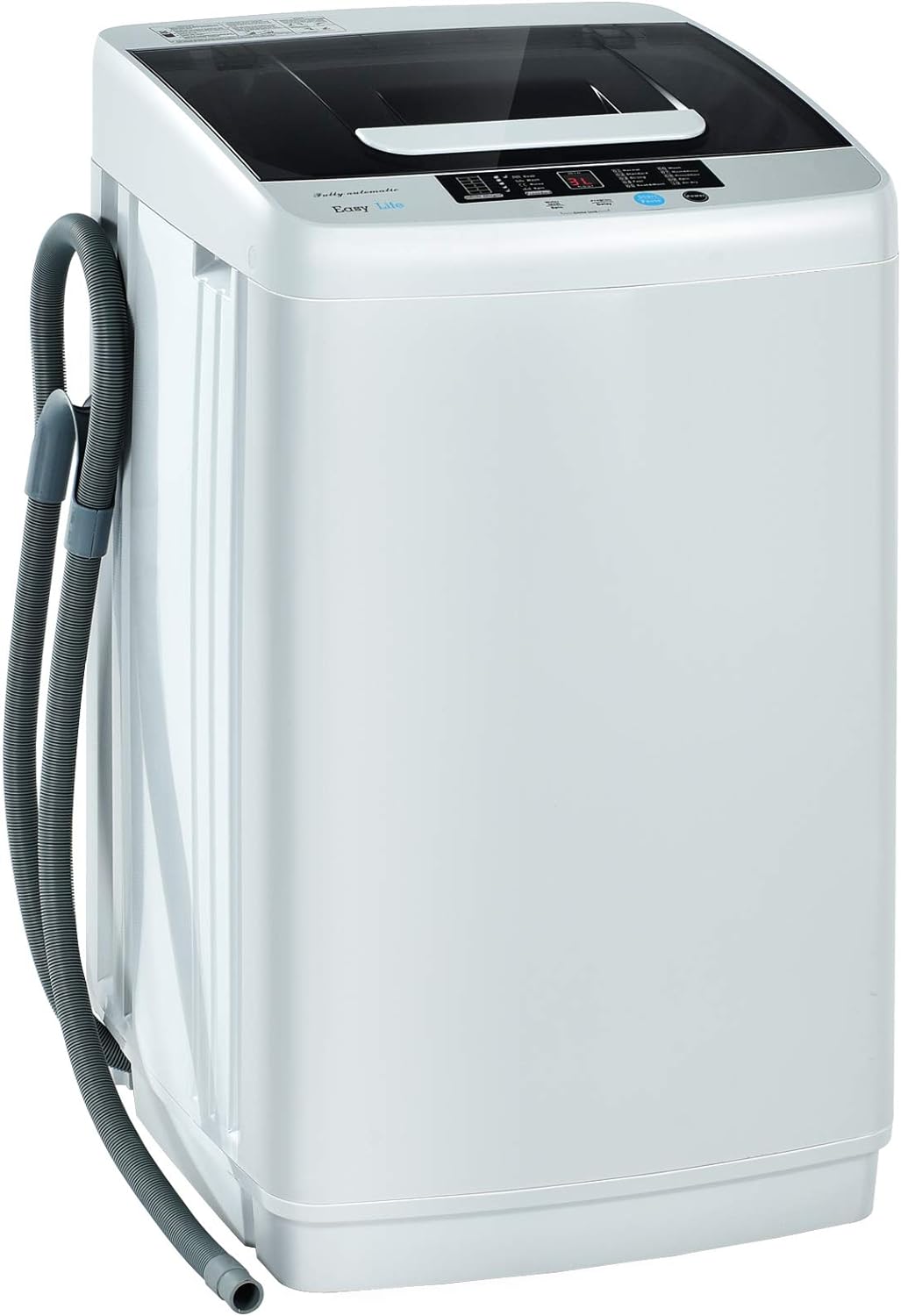
Practical Tips to Reduce Water Usage:
How Can You Save Water While Doing Laundry?
In addition to choosing a water-efficient washing machine, adopting certain practices can further reduce water usage in your laundry routine.
Optimize Load Size:
Full Loads: Wash full loads whenever possible. Running a full load maximizes the efficiency of the water used by spreading the consumption over more clothes.
Proper Sorting: Sort laundry by fabric type and soil level to ensure each load gets the appropriate wash setting, avoiding unnecessary re-washing and water use.
Use Appropriate Settings:
Eco Modes: Utilize eco mode or water-saving settings on your washing machine. These modes are designed to optimize water use while still providing effective cleaning.
Cold Water Wash: Washing with cold water not only saves energy but also often uses less water, depending on the machine settings.
Regular Maintenance:
Clean Filters and Hoses: Regularly cleaning the filters and hoses ensures your washing machine operates efficiently, preventing clogs and reducing water wastage.
Descale and Clean: Periodically descale and clean your washing machine to maintain its performance. Limescale and detergent build-up can affect water flow and cleaning efficiency.
Choose the Right Detergent:
HE Detergents: For high-efficiency machines, use detergents labeled as HE. These detergents are formulated to work effectively with less water, enhancing cleaning performance and reducing residue build-up.
Measure Correctly: Use the recommended amount of detergent for your load size and level of soiling. Overusing detergent can lead to more rinse cycles, increasing water usage.
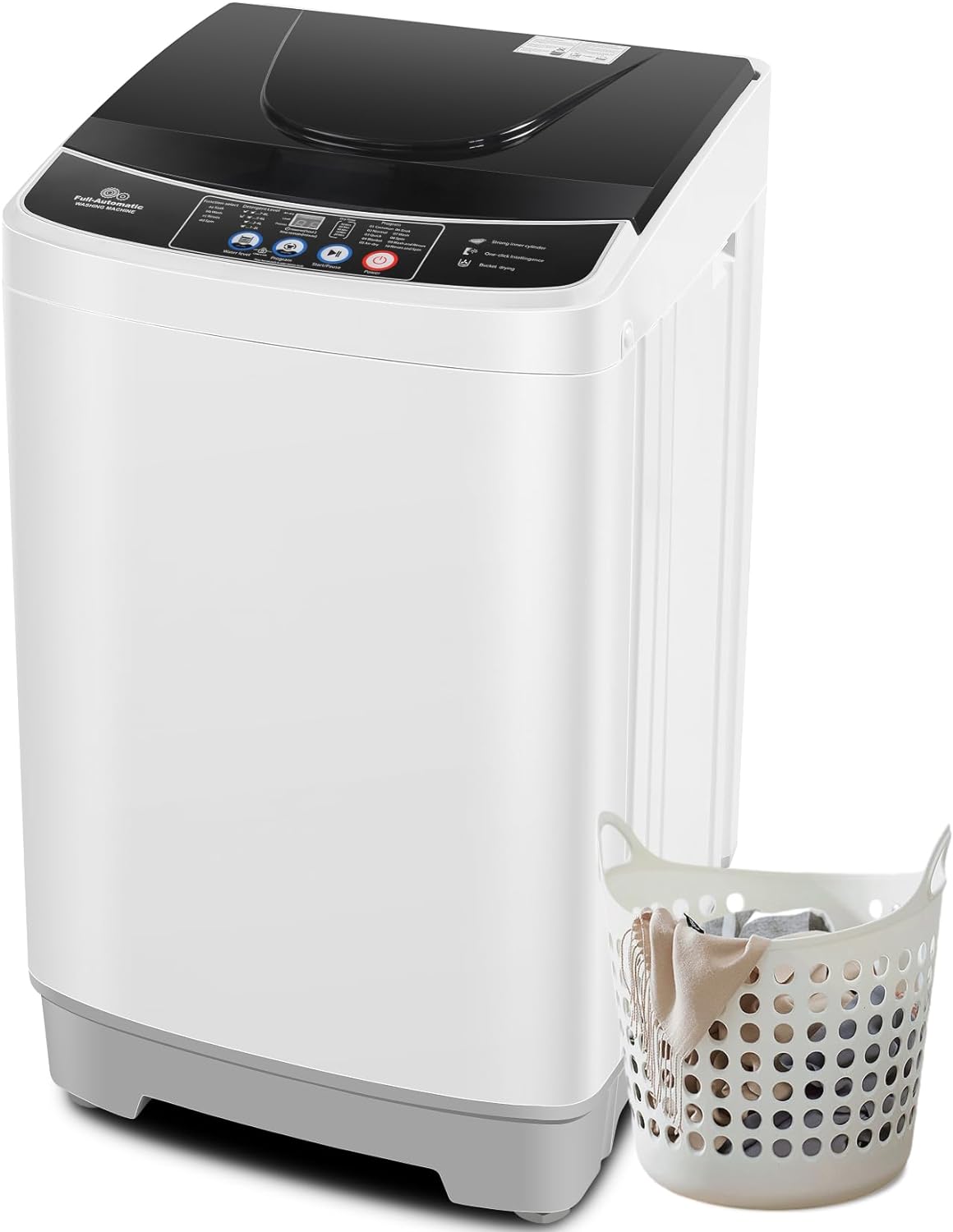
Environmental Impact:
How Does Efficient Water Usage Benefit the Environment?
Efficient water usage in washing machines plays a significant role in environmental conservation and resource management.
Reduced Water Consumption:
Conservation of Resources: Using water-efficient washing machines reduces the strain on local water supplies, conserving this precious resource for future use.
Energy Savings: Less water use also translates to lower energy consumption, as less water needs to be pumped, heated, and treated.
Lower Pollution:
Wastewater Reduction: Efficient water use reduces the amount of polluted wastewater generated by washing machines. Reduced wastewater means less strain on sewage treatment facilities and lower chances of contaminating local water bodies.
Less Chemical Discharge: Conserving water often goes hand-in-hand with reducing detergent usage, leading to fewer chemicals being washed down the drain and polluting the environment.
Economic Benefits:
How Can Reducing Water Use Save You Money?
Saving water in your laundry routine provides direct financial benefits alongside environmental advantages.
Lower Water Bills:
Direct Savings: Using a washing machine that consumes less water directly reduces your household water bill. The savings can be substantial over time, especially in areas with high water costs.
Indirect Savings:
Energy Costs: Reducing water use also lowers energy costs, as less hot water is needed for washing. Heating water accounts for a significant portion of energy expenses in laundry.
Sewer Charges: In many regions, sewer charges are based on water usage. Lower water consumption means reduced sewer charges, adding to your overall savings.
Conclusion
Understanding washing machine water usage and implementing measures to reduce it can significantly benefit your household and the environment. By selecting the right type of washing machine, utilizing advanced technologies, and adopting water-saving practices, you can optimize both water and energy efficiency in your laundry routine. The financial savings, environmental benefits, and enhanced performance from these efforts contribute to a more sustainable and cost-effective household. Embrace these insights to make informed decisions about your washing habits, ensuring you maximize efficiency without compromising cleanliness.
